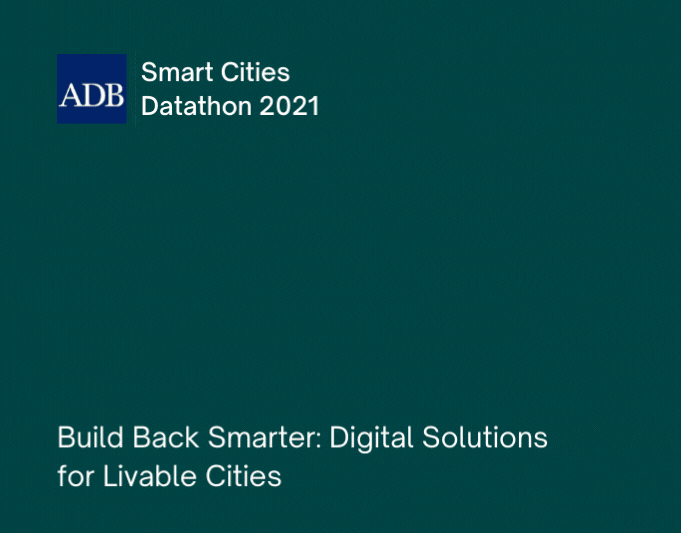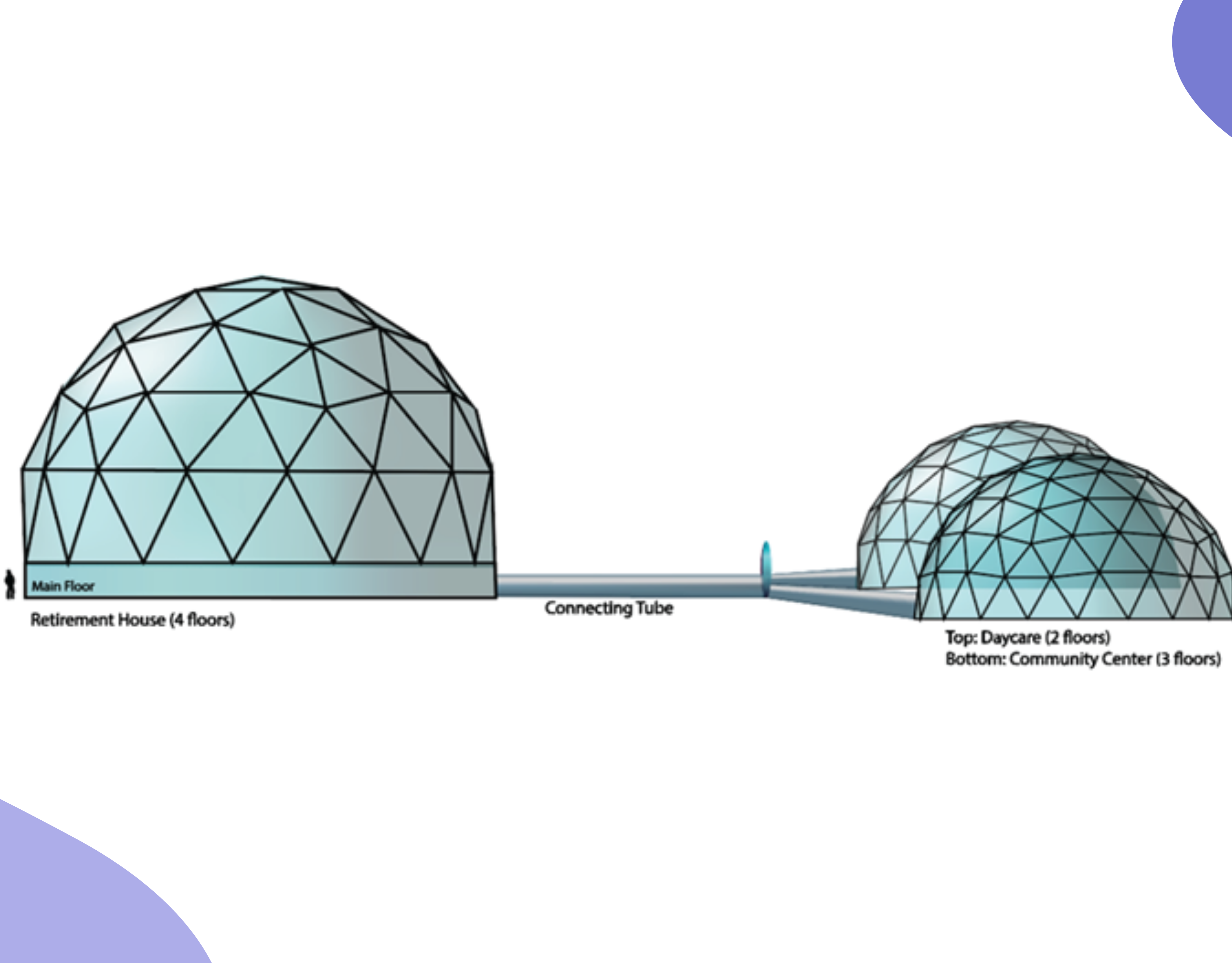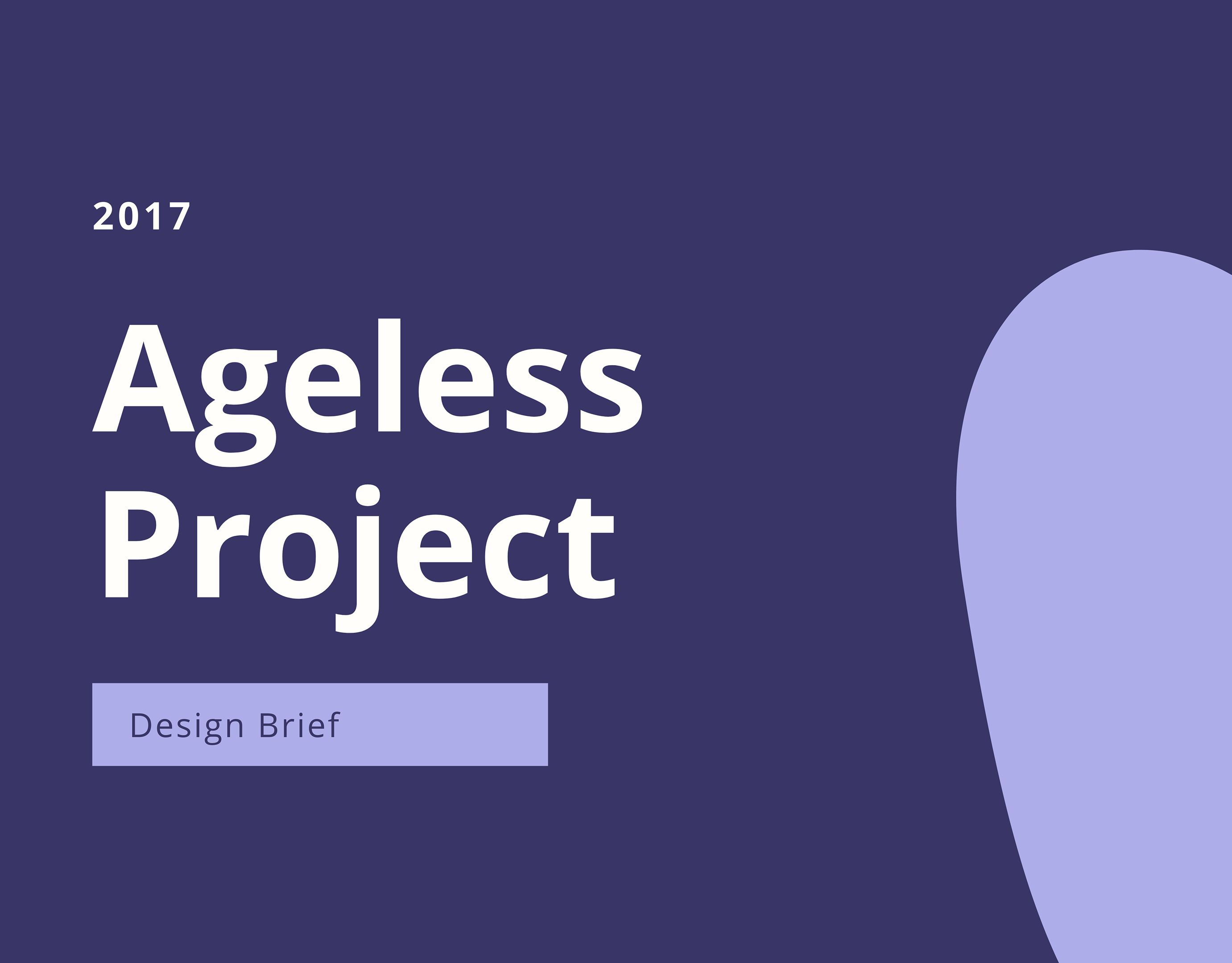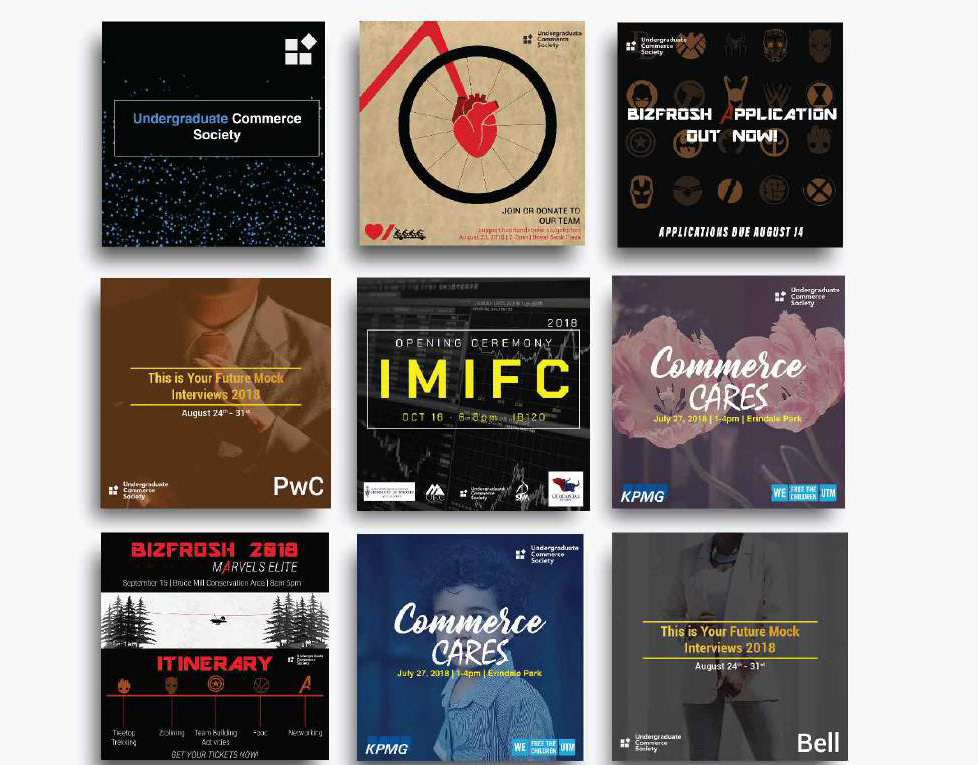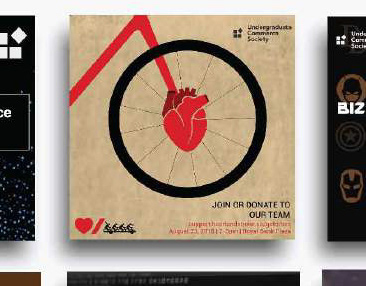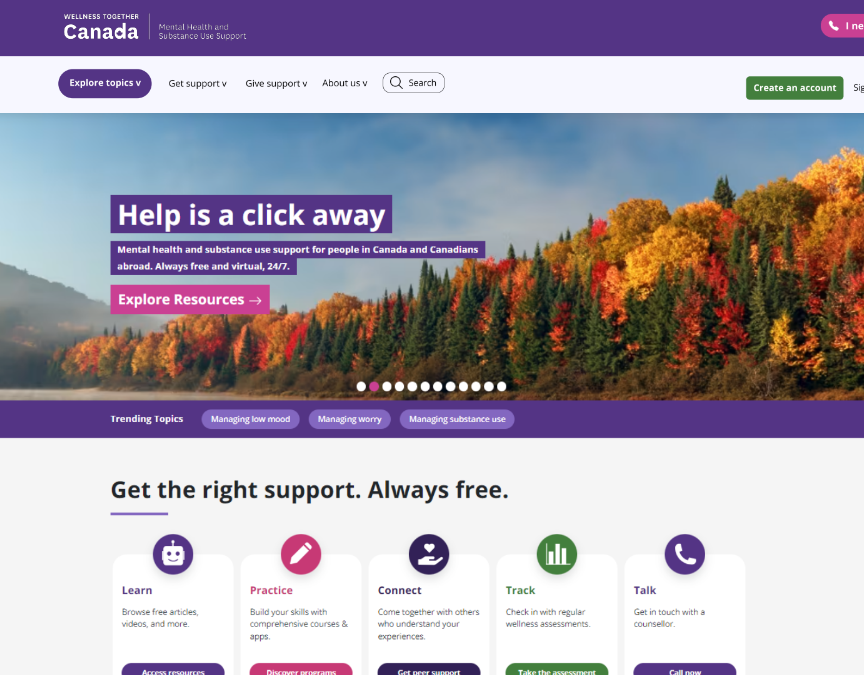This is a continuation of a personal project around the topic of a smarter healthcare system. Improving the Canadian healthcare to make it accessible and easy to navigate is an interest area of mine. As such, I like to look into what makes other healthcare systems work? what systems can we adopt? what is preventing or limiting us from incorporating tech-based or any other solutions? why is the process of change within healthcare so slow? and what are some of current issues that our healthcare system faces?
Unlike my other projects this is not as intensive process as I like to let my creative side out, finding an issue and then speculating ways of addressing it, often utilizing the seven steps of creative problem solving. This not only assists me in gaining further insights on wicked problems that I can address in my other projects but also let's me develop my own skills by trying to address these challenges that arise through mixed method techniques. Some get scrapped, some ideas are combined with other projects, some are presented to a wider audience, while others end up here in my portfolio as complete / incomplete ideas to come back to.
Project Overview:
This project is a case study on the current Canadian health card, more specifically the Ontario health card. Research was conducted on issues the health system faced, current solutions the health system has implemented, breakdown of smart health cards, and case studies on countries that have already implemented the smart health card and the impacts it has had. Constraints were also highlighted.
Design Process:
Data collection was done through secondary literature review and case study review. Once data was collected it was synthesized followed by a report on the issue. A final presentation was created and presented amongst other healthcare designers.
Abstract
The adoption of Personal Health Records (PHR) has seen a significant increase over the last decade within the healthcare sector (Tang et al., 2006 ). These records contain the individual's health and administrative data which is carried by patients themselves, allowing them to become active participants in their healthcare journey ( Tang et al., 2006 ). Due to the complexity and lack of a coherent and effective way to maintain communication within the Canadian healthcare sector, the transfer of patient information among facilities and medical personnel varies in terms of quality (Canadian Media Protective Association, 2011). PHRs have become one way to transfer information between the various actors, taking on various mediums. The ones most commonly seen utilized within Canada are through the adoption of apps and wearable devices ( Gagnon et al., 2016). However, these forms of PHR can create inequalities as they can create a digital divide among disadvantaged groups who do not have regular internet access (Yamin et al., 2011). This paper will discuss some of the key issues the Canadian healthcare system is currently facing and how implementing a Smart Health Card model within the Canadian healthcare system may be a better solution in managing PHRs in comparison to the current forms of PHRs being utilized.
The Canadian health care system is under-performing, due to access to health services, effectiveness, coordination, equity, efficiency and patient-centredness. The cause of this can attributed to the fact that healthcare stakeholders, hospitals and facilities work as individual entities which makes quality of information sharing low and coordination within this complex, and information heavy sector a challenge, many still functioning on paper. As a result issues like medical error due to documentation errors is all too common, affecting 10’s of thousands of Canadian annually. Furthermore, increase in wait times where seeing specialists can take months. It has also reported that requests for consultations sent from paper or fax can receive no response. This design challenge looks at the Canadian health card, more specifically how information structure of the health card can be improved to handle information.
A poster presentation was created and presented on the case study of the Canadian health card
Result:
In the completion of this project a final report was written on the benefits a smart health card can provide Canadians. A poster presentation (above) was created and presented amongst other design for health graduates of the findings and conclusion.
Report Conclusion:
As individuals are required to have health cards within Canada, implementing a smart health card containing an individual’s PHR is an an effective way to allow for important information to be on their person at all times, reducing the redundancy in filling out forms and wait-times to have their information transferred. Whereas, the more technological products, such as apps and wearable products only pander to specific groups in the demographic, the smart health card is an alternative to creating a more unified information system. Furthermore, utilizing a memory based card gives much more access and space to input medical information that a physical card can not provide. As it encompasses all Canadians, implementing a smart health card as the main PHR and utilizing apps and wearable devices as an additional option, for greater control of their PHRs is a potential direction that should be considered as it can greatly improve quality of care and communication flow.
Read the Full report below:


